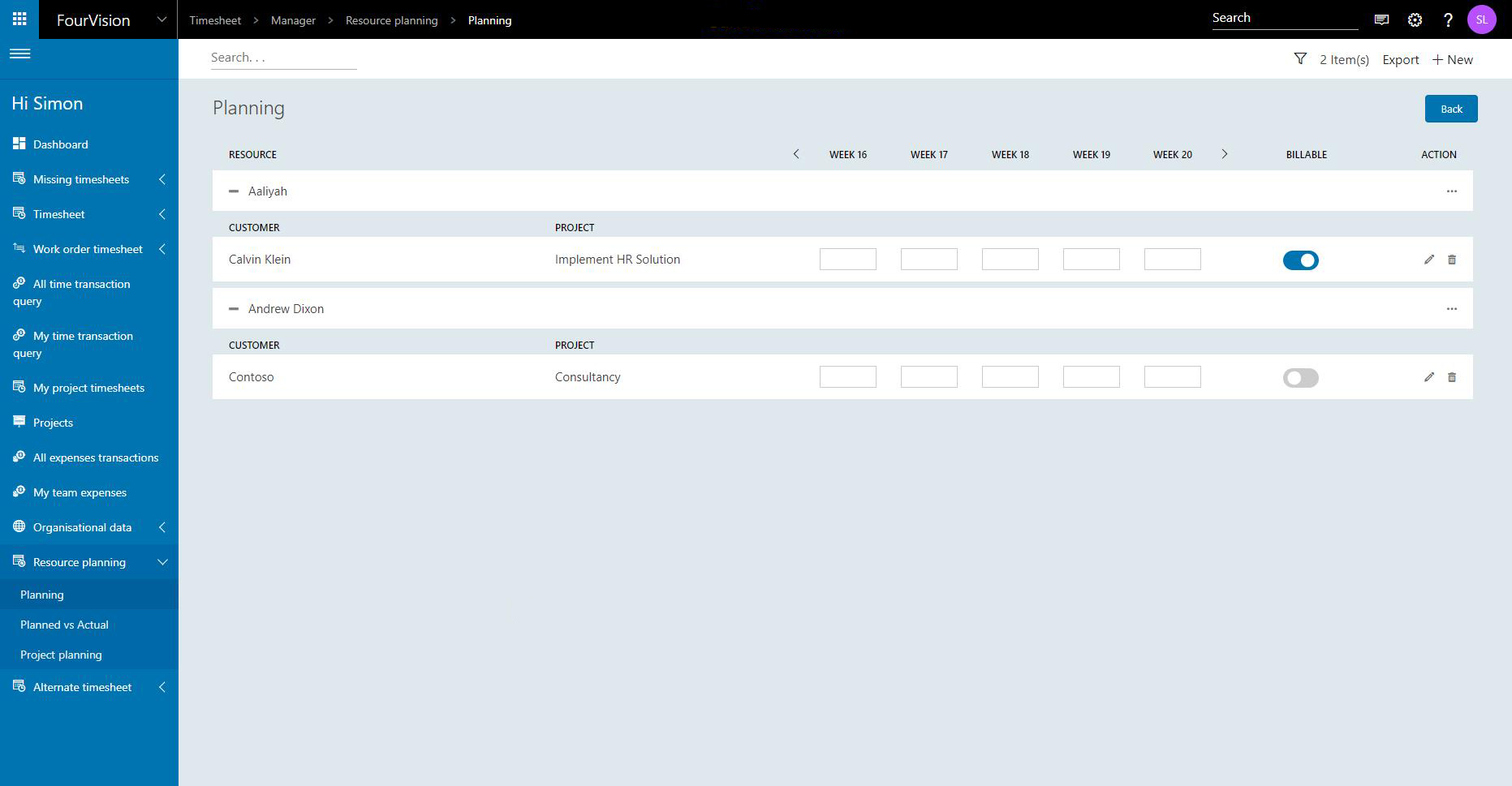Employee well-being is a topic on every HR team’s mind today, as companies adjust to remote work and new challenges for protecting employees’ work-life balance. For employees such as consultants and advisors who work on a project basis, the risks are even greater. They have demanding jobs that often involve travel and working on-location with multiple clients throughout the week.
According to McKinsey, one in four employees say they experience burnout symptoms. This takes a significant toll on an employee’s personal and professional life. If HR does not intervene to protect the employee’s well-being, they risk losing a valuable member of the team. This results in high financial costs for the organization as well: the average short-term cost of losing a consultant is $150,000.
Two of the main drivers for burnout are unmanageable workloads and underdevelopment (lack of required skills). To address these and other issues, more and more HR departments are turning to a smarter approach to resource-planning.
How does resource planning impact employee well-being?
Resource planning has a major impact on an employee’s day-to-day work. For each scheduling period, the employee is assigned to the projects they will be working on. From the employee’s perspective, this entirely determines the clients, team members, locations, tasks and tools they’ll be working with.
Poor resource planning can quickly result in unmanageable workloads, a poor work-life balance and other risks to the employee’s well-being. For example, if an employee is scheduled to work at too many different clients or locations throughout the week, it can make it difficult for them to continually readjust. They may also struggle to successfully plan their personal lives around their chaotic work schedule. In other cases, they may be assigned to tasks that do not fully reflect their interests or skills.
All these factors impact the employee’s well-being and sense of satisfaction on the job. While many consultants and other project-based employees enjoy working on a wide variety of tasks throughout the week, they may underestimate the downsides that this has on their health and happiness. This is where HR can step in and help ensure a safe, healthy working environment.
How to improve employee well-being with resource planning
The key to healthier resource planning is HR data. By connecting your resource planning with HR performance management data, for example, you gain a clearer overview of each employee’s specific skills and needs. This ensures that you assign employees to tasks that match their background. It also helps you identify which skills your team may be lacking for a specific project, so you can offer targeted training to get team members up to speed.
By ensuring skills are well-distributed throughout your team, you avoid overworking those employees who already have the right skills. You also enrich the job experience for the rest of the team, because you give them an opportunity to continue their professional development.
Many HR teams also collect performance management feedback from clients. If a client has given positive feedback about a particular employee, you can incorporate that knowledge into your resource planning. By scheduling employees to work with familiar clients who are likely to offer a positive experience, you promote your employee’s sense of well-being.
On the other hand, if a client has given negative feedback about an employee, you can intervene to address any skills the employee is lacking. You can also avoid matching the employee with that client in the meantime to prevent a hostile working environment from developing.
Adding more value with smart resource planning
Happier, healthier employees are a strategic benefit for your organization, especially in today’s tight labor market. By planning resources more effectively, your HR team directly contributes to employee well-being, which adds value throughout the company. In addition, by protecting employees from overwork and skill shortages, you ensure that your company is delivering better results for the client, which directly affects the bottom line.





